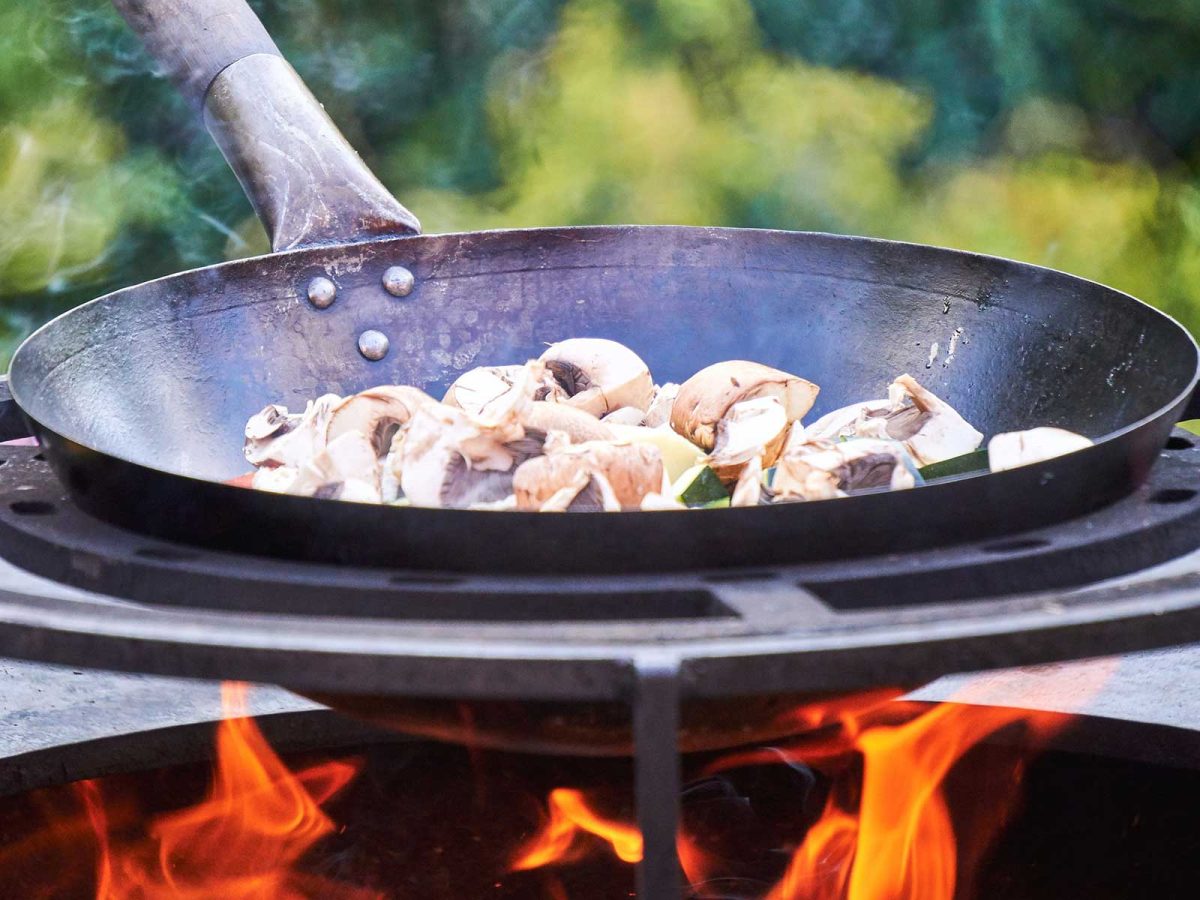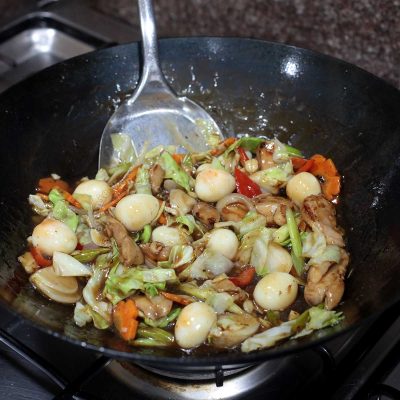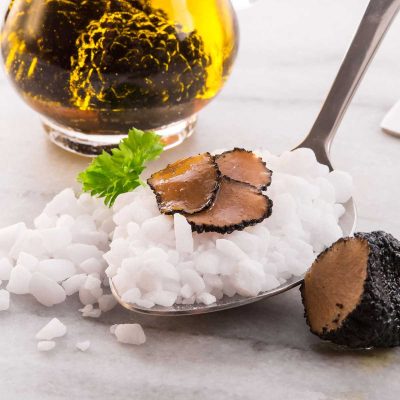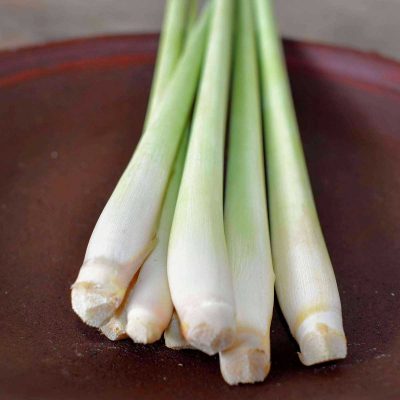What is smoke point?
In appearance, most oils look the same. But, when heated, they will start to smoke at different temperatures. A lot of factors are responsible for the smoking point but, for home cooks, the most understandable standard is that the more refined the oil, the higher the smoking point.
Which cooking oils have a high smoke point?
Regular frying temperature is 350F. Stir frying temperature is at least 450F — it can be higher but that’s the minimum. If you stir fry using oil with a smoking point below 450F, not only will the food taste bad, it will also be a health hazard.
But isn’t it already a health risk to allow the oil to smoke? No, actually. It’s allowing the oil to heat up until bluish smoke becomes visible that poses danger. At that point, the smoke can sting your eyes and the oil in the pan can catch fire. When stir frying, you heat the oil until you see fine wisps of white smoke hovering on the surface of the wok.
So, which cooking oils have a smoking point of 450F and higher?
- Peanut oil (refined) – 450F
- Safflower oil (refined) – 510F
- Corn oil (refined) – 450F
- Soybean oil (refined) – 450F
- Ghee (clarified butter) – 450F
What’s with the “refined” in parentheses? Think of it in terms of virginity. Virgin oils are unrefined. While most cooks know that the default cooking oil used in Chinese stir frying is peanut oil, it is not just any peanut oil — it is refined peanut oil. Unrefined peanut oil has a smoking point of 320F.
Refinement means subjecting the oil through one or more processes to remove compounds that tend to burn fast. With ghee, for instance, the butter is heated until the milk solids separate from the fat. The browned milk solids sink to the bottom of the pan leaving the fat free to be poured into a container.
So, when shopping for stir fry cooking oil, peruse the label carefully and make sure you’re getting refined oil.
Kitchen variables that affect smoking point
Okay, so you bought the correct cooking oil for stir frying. Does that mean you can’t mess up? You still can. You can have the right tools but without the corresponding skills and a basic understanding of how to use those tools, you can still mess up.
How can mistakes be minimized? At its most basic, you need to have the oil reach the smoking point and maintain the temperature throughout the entire process of stir frying. How?
- Make sure that there is no strong air current going around near the stove. Ever tried heating up oil outdoors when it’s windy? It takes forever. And, even after the oil gets hot, the temperature fluctuates with every strong blast of wind. Do your stir frying in a well-ventilated area that is sheltered from direct air currents.
- You need to turn up the fire (or heat if you’re using an electric stove). Stir frying is short cooking over high heat, after all. It’s not sauteing, it’s not poaching, it’s not braising. Turn up the heat and resist the urge to lower it once the oil starts to smoke. Just work fast.
- Use a cooking pan that retains heat well. I use a carbon steel wok.






